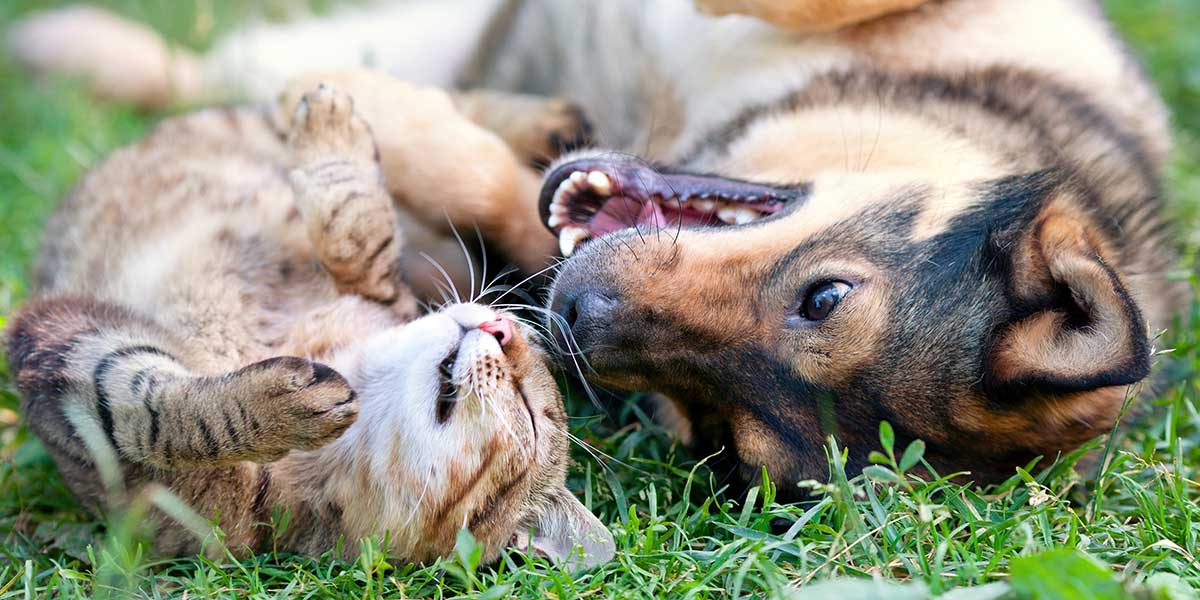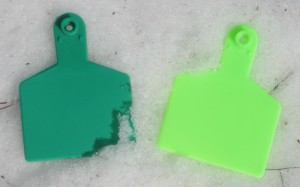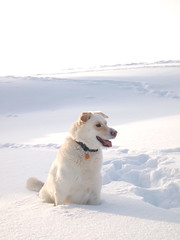 February is pet dental health month. Just like people dogs and cats can develop plaque and tartar on their teeth that can lead to gum disease, loose teeth and in some cases heart disease. OK, that’s enough to make me take notice and learn more about taking care of my pets’ teeth.
February is pet dental health month. Just like people dogs and cats can develop plaque and tartar on their teeth that can lead to gum disease, loose teeth and in some cases heart disease. OK, that’s enough to make me take notice and learn more about taking care of my pets’ teeth.
I’ve read several very informative articles, one at WebMD, and another at www.peteducation.com . These articles explain how the plaque turns to tartar and the build up of tartar causes gum irritation that can lead to serious health problems. While inspecting your pet’s mouth, some signs that there maybe be problems are bad breath, more than the usual dog breath, discolored or loose teeth and bleeding or swollen gums. Lose of appetite may also be caused by problems with the teeth or gums.
I thought I was doing enough to prevent dental problems for my dogs. They always have crunchy kibbles for their meals. I give them chew toys and they get treats, such as DentaStiks and Greenies, products that help remove plaque. At their yearly check up, our veterinarian looks at their teeth and gums to be sure they are healthy. One of my dogs has had a dental cleaning. The animals are put under anesthesia and the tartar is scraped from their teeth in the same manner as the dentist does to human teeth. After the teeth are tartar free they get a nice polish, for a sparkly white smile.
I have decided I’m going to learn how to brush the dogs teeth and make it part of our daily routine. Patience and short, positive sessions seem to be the best advice. I took the first step Today, I pulled their lips back and touched their canine teeth, great success and no wrestling required. I need to get some doggie tooth paste, as human tooth paste is irritating to canine stomachs. I’ll also need a dog tooth brush or finger tooth brush or I could try a piece of gauze wrapped around my finger. I’m leaning toward the tooth brush, it seems much less messy to me. I’ll try to get some action photos, I’m sure our first few sessions will be ve ry entertaining!
ry entertaining!
As far as the cats’ teeth go, I’m leaving that to the professionals, there is no way I’m even going to try sticking my fingers in their mouths!







![526385_211179332360478_1114682790_n[1]](https://blog.ketchummfg.com/wp-content/uploads/526385_211179332360478_1114682790_n11-300x227.jpg)
![481544_211179245693820_1347617420_n[1]](https://blog.ketchummfg.com/wp-content/uploads/481544_211179245693820_1347617420_n1-300x168.jpg)







